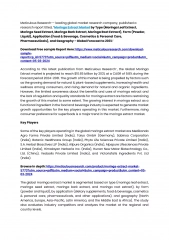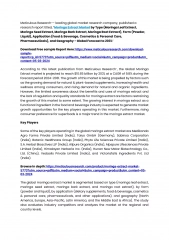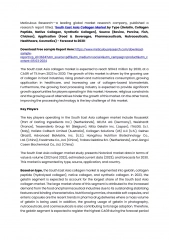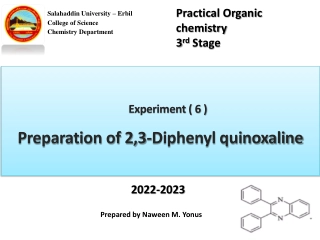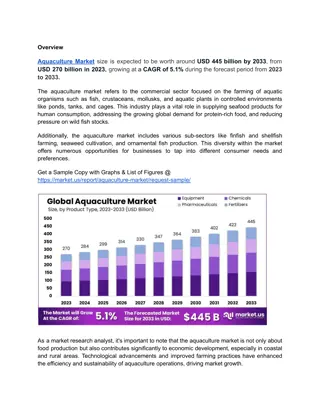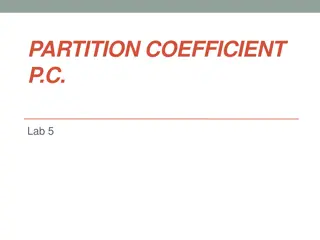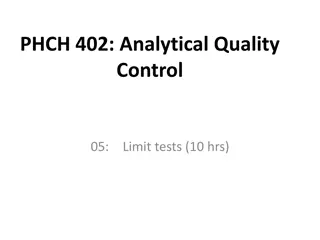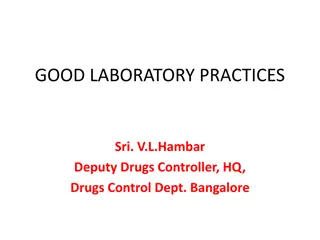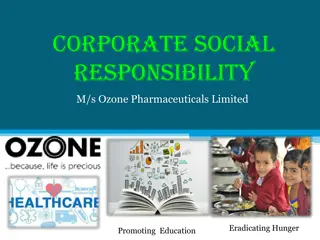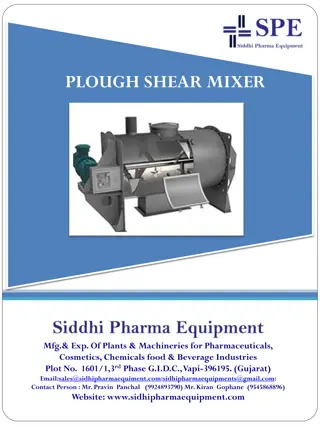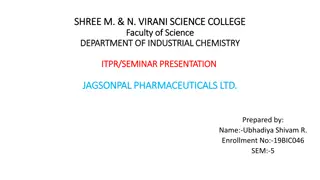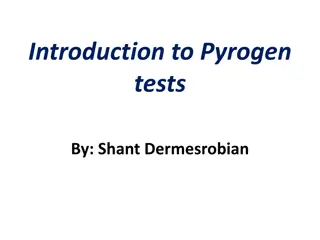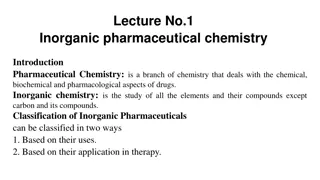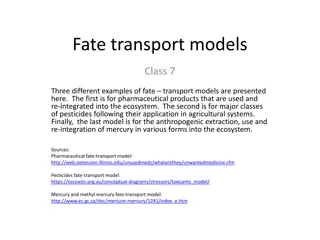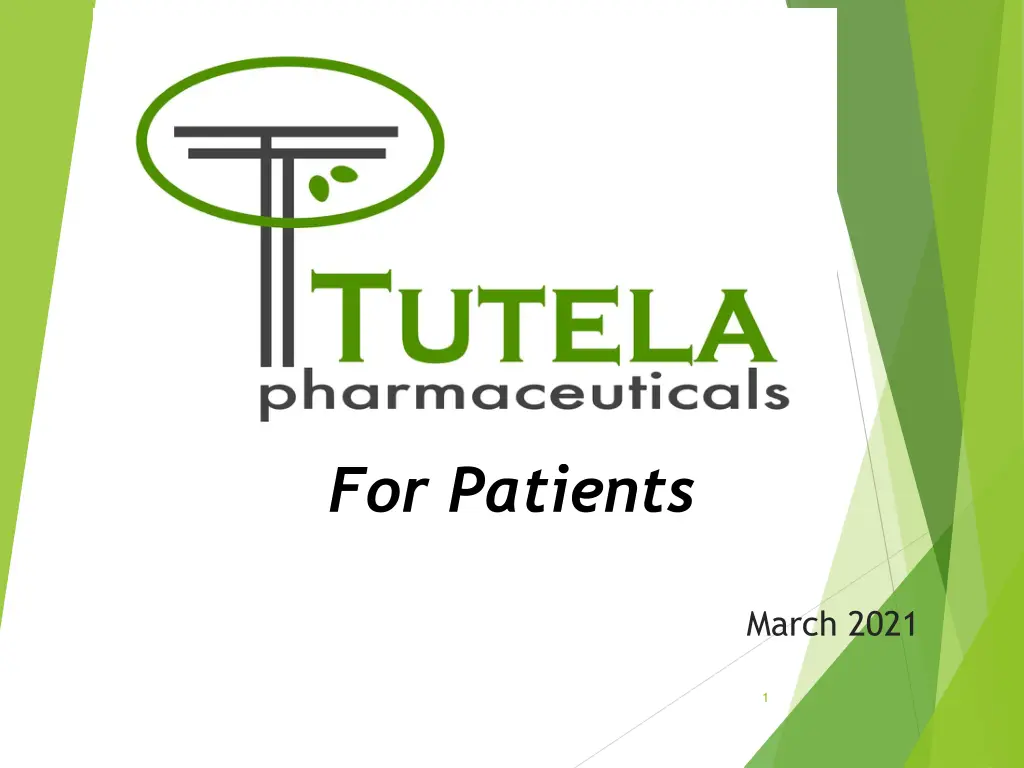
Innovative Solutions for Pharma Companies and Patient Care
Discover Tutela, a 501(c)(3) not-for-profit pharmaceutical company aiming to ensure continued access to single-source medications for patients. Learn about the challenges faced by pharma companies with discontinued products and explore options such as divestiture, marketing discontinuation, or donation to Tutela to maintain affordable patient access. Stay informed about the evolving landscape of pharmaceutical industry collaborations and patient-centered care.
Download Presentation

Please find below an Image/Link to download the presentation.
The content on the website is provided AS IS for your information and personal use only. It may not be sold, licensed, or shared on other websites without obtaining consent from the author. If you encounter any issues during the download, it is possible that the publisher has removed the file from their server.
You are allowed to download the files provided on this website for personal or commercial use, subject to the condition that they are used lawfully. All files are the property of their respective owners.
The content on the website is provided AS IS for your information and personal use only. It may not be sold, licensed, or shared on other websites without obtaining consent from the author.
E N D
Presentation Transcript
For Patients March 2021 1
Background Pharma companies have single-source products that: are no longer strategic may not provide meaningful profit absorb resources that could be better applied to important innovative growth opportunities Patients, however, rely on these drugs and have often been stabilized on them. What to do? 2
What is Tutela? A new model of a 501(c)(3) not-for-profit pharmaceutical company Our Vision: To advance public health and enhance trust in the pharmaceutical industry by driving collaboration between for-profit and not-for- profit organizations that uniquely benefits patients Our Mission: To ensure continued and affordable access of single-source medications to patients 3
Discontinued US Products 1994 through 2015 215 drugs withdrawn from sale Only 5.1% withdrawn for reasons of safety or effectiveness1 Current Examples Potiga (ezogabine, GSK): Antiepileptic (2017) Tridione (trimethadione, Abbvie): Antiepileptic (2018) Zurampic and Duzallo (lesinurad or lesinurad/allopurinol, Ironwood): Antihyperuricemic (2019) Rescriptor (delavirdine, ViiV Healthcare): HIV antiviral (2018) Peganone (ethotoin, Recordati Rare Diseases): Antiepileptic (2020) 1. https://www.drugpatentwatch.com/blog/reviving-a-discontinued-drug/ Accessed July 7, 2020. 4
Options for Pharma Companies Divest Product Potential for significant price increase by acquiring for-profit entrepreneurial company Reputational issue for innovator and new company Provides one-time revenue to innovator through acquisition sale but creates future P&L gap Discontinue Marketing Disrupts patient care Negative external reputation with patients, caregivers, & HCPs for innovator company Inconsistent with patient focused corporate culture Lose revenue, no tax-exempt write off Donate to Tutela Maintains affordable patient access Avoids significant price increase to patient and insurance company Same process as divestiture for product transfer Positive reputation and image for innovator and pharmaceutical industry May provide tax deduction of up to FMV of product 5
Identifying Target Products FDA/Federal Register Notices of Discontinuation Patient Advocacy Groups Pharma Companies Target Product 6
Characteristics of a US Target Product in First Phase Single Source: no generic available1 Maintenance therapy for chronic disease or condition Orphan or rare disease under- represented population Characteristics No meaningful growth in population or sales volume Sales <$20M per year 7 1. FDA lists 304 drugs that are off-patent, off-exclusivity with NO approved generic (Dec 2019) https://www.fda.gov/drugs/abbreviated-new-drug-application-anda/list-patent-exclusivity-drugs-without- approved-generic
Maturation Model First Phase: Demonstration Start with a single product Prioritize Rare/Orphan Diseases Secure more functional expertise Create and refine: - Manufacturing - Distribution - Patient awareness & identification - Reimbursement Second Phase: Product/Patient Expansion Expand to multiple products Move beyond Rare diseases Build reliable, durable processes Broaden partnerships with for-profit Pharma Seek & secure philanthropic funding Third Phase: Geographical Expansion Implement model in ex-US markets meeting defined criteria Continue to broaden Pharma partnerships & philanthropic funding sources Explore additional product delivery models to enhance program impact 8
Example of Financial Consideration for Donor* ($ millions) Option A: Retain Product A 2021 9.8 2.5 1.7 2022 9.6 2.4 1.7 2023 9.4 2.4 1.6 2024 9.2 2.3 1.6 2025 9.0 2.3 1.6 Net Sales Op Profit PAT NPV Range Timed divestiture at the beginning of the calendar (fiscal) year could buffer that year s Operating Profit loss via a Tax break for the donation After Tax Pre Tax $6.3 $9.0 to to $9.2 $13.2 Option B: Donate Product A to Tutela 2021 Net Sales - Op Profit - PAT - 2022 - - - 2023 - - - 2024 - - - 2025 - - - 2020 Theoretical Possible Value of Tax Break: After Tax Pre Tax i.e., effective tax rate times NPV of Option A. $1.9 $2.7 to to $2.8 $4.0 9 Note that NPV is used as a proxy for more complex implementation of Tax Code Section 170(m) and may not be applicable to certain tax filers. For complete details of the financial model: ..\..\Downloads\Tutela NPV v2.xlsx
Pricing Model Patients & Payers Continue to pay for prescription drugs Establish price based on the cost of providing the drug (manufacturing, distribution, and infrastructure) Tutela Commit to provide the product for as affordable a cost as possible while reliably operating in a true not-for-profit model Philanthropic & Pharma Support may further offset patient costs 10

